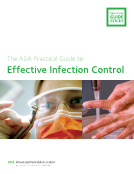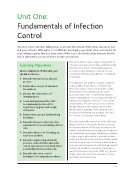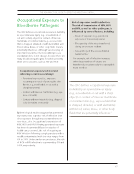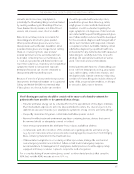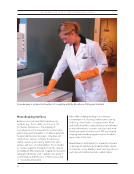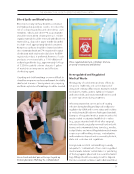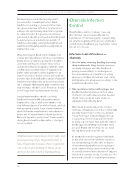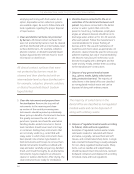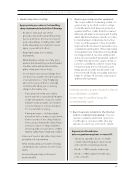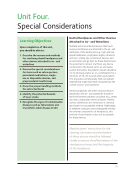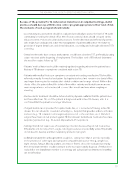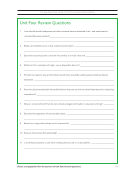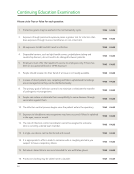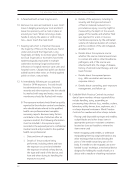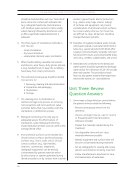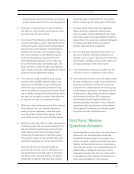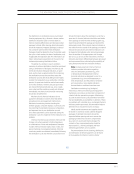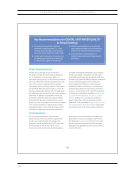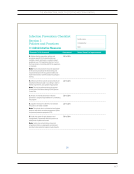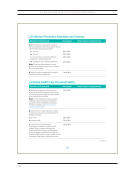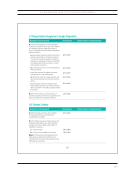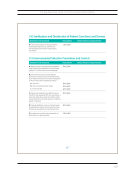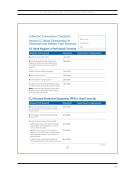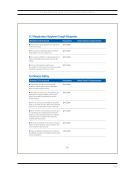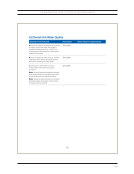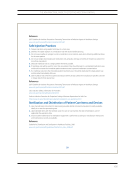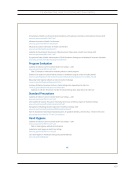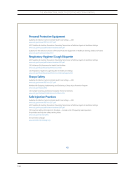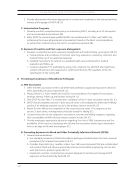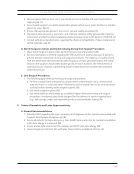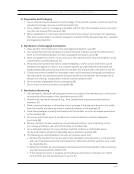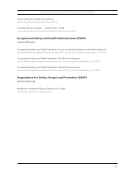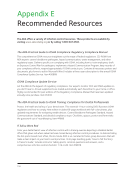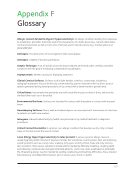13 THE ADA PRACTICAL GUIDE TO EFFECTIVE INFECTION CONTROL nuclei” may also be produced through sneezing or coughing and via the use of certain dental equipment (e.g., high-speed drill). Tuberculosis and measles are classic examples of diseases that can be transmitted via aerosols. Bloodborne viruses, such as HBV, HCV and HIV, are not transmitted this way. Respiratory Hygiene and Cough Etiquette Hygiene etiquette involves practices that prevent the spread of illness and disease. A critical time to practice good hygiene etiquette is when you or your patients are sick, especially when coughing or sneezing. Serious respiratory illnesses like influenza, respiratory syncytial virus (RSV), whooping cough, and severe acute respiratory syndrome (SARS) are spread by: • Coughing or sneezing • Unclean hands • Touching your face after touching contaminated objects • Touching objects after contaminating your hands Providing Materials for Respiratory Hygiene and Cough Etiquette Dental practices should ensure the availability of materials for adhering to respiratory hygiene and cough etiquette practices in waiting areas for patients and visitors. For example, practices should: • Provide tissues and no-touch receptacles for used tissue disposal • Provide conveniently located dispensers of alcohol-based hand rub • Ensure that supplies for hand washing (i.e., soap, disposable towels) are consistently available where there are sinks Posting Visual Alerts Dental practices should also post visual alerts in appropriate languages at dental practice entrances. The visual alerts should instruct patients and persons who accompany them (like family, friends, or caregivers) to inform dental practice staff of symptoms of a respiratory infection when they first register for care and to practice respiratory hygiene and cough etiquette. Here are two examples of visual alerts: • Cover Your Cough, http://www.cdc.gov/flu/ protect/covercough.htm Tips to prevent the spread of germs from coughing • Information about Personal Protective Equipment Demonstrates the sequences for donning and removing personal protective equipment The following measures to contain respiratory secretions are recommended for all individuals with signs and symptoms of a respiratory infection: • Cover your mouth and nose with a tissue when coughing or sneezing or cough or sneeze into your upper sleeve, not your hands, if tissue is not readily available • Use the nearest waste receptacle to dispose of the tissue after use • Perform good hygiene (e.g., hand washing with non-antimicrobial soap and water, alcohol-based hand rub, or antiseptic handwash) after having contact with respiratory secretions and contaminated objects/materials
Purchased by , From: ADA Ebooks (ebooks.ada.org)


